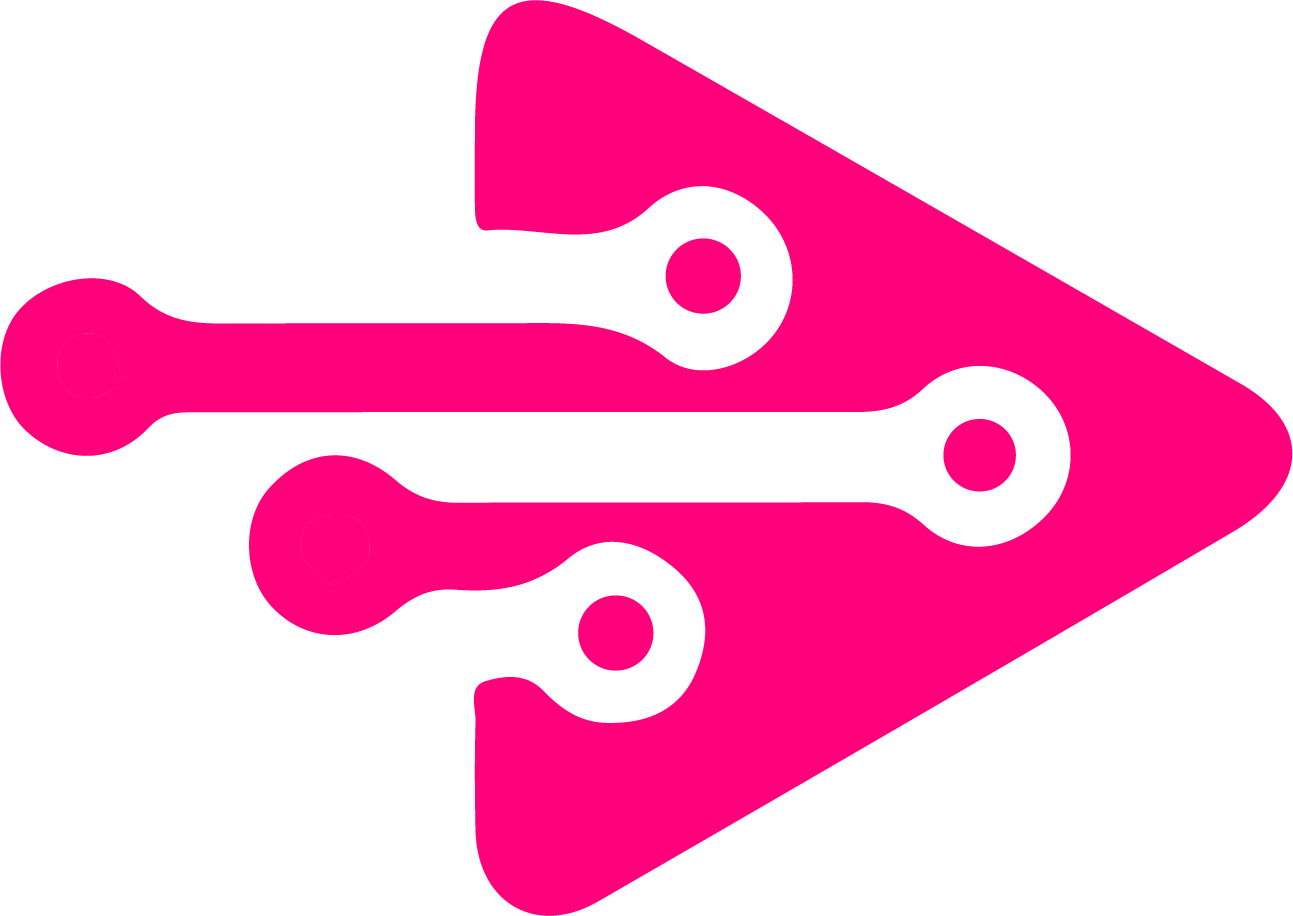Data Archival System

Managing the exponential growth of digital data has become a strategic priority for organizations. A well-structured Data Archival System is essential to retain data securely, meet regulatory compliance, and optimize storage costs. This blog explores the architecture, benefits, and implementation of an effective Data Archival System that balances accessibility with long-term data preservation.
Importance of a Data Archival System in Enterprise Storage
A Data Archival System is designed to store historical, infrequently accessed data for long durations while ensuring legal, operational, and analytical value. These systems are crucial for businesses that handle sensitive information, such as financial records, legal documentation, HR files, and research data.
Benefits include:
- Reduced storage costs
- Improved system performance
- Enhanced regulatory compliance
- Data integrity over time
Key Components of a Robust Data Archival System
1. Data Classification and Indexing
Data must be evaluated and categorized based on its lifecycle, sensitivity, and access needs. An efficient Data Archival System uses indexing techniques to ensure quick retrieval when needed.
2. Storage Infrastructure
A typical Data Archival System uses a combination of:
- Cloud storage (e.g., Amazon S3 Glacier, Azure Archive)
- Tape-based systems
- On-premise storage vaults
All storage types should support WORM (Write Once, Read Many) configurations.
3. Security and Encryption
Security is non-negotiable. A reliable Data Archival System implements:
- Encryption at rest and in transit
- Access control policies
- Audit trails and anomaly detection
4. Retention Policies and Compliance
A good Data Archival System includes built-in rules for retention and deletion, aligning with global regulations like:
- GDPR
- HIPAA
- SOX
- SEC 17a-4
5. Data Retrieval and Reporting
The ability to retrieve archived data quickly is a core function. The Data Archival System must support metadata-based search and seamless integration with enterprise tools.
Difference Between Backup and Data Archival System
| Feature | Backup | Data Archival System |
| Purpose | Short-term recovery | Long-term storage |
| Access Frequency | Frequent | Rare/Infrequent |
| Storage Duration | Days to months | Years to decades |
| Compliance Focus | Limited | High |
| Cost Optimization | Low | High |
Best Practices for Implementing a Data Archival System
- Conduct data audits regularly to determine archival needs
- Automate archival processes to avoid manual errors
- Define access policies clearly to reduce data misuse
- Test retrieval capabilities under real-world conditions
- Document retention schedules and review them annually
Use Cases of Data Archival System Across Industries
- Healthcare: Patient records retention for over 10 years
- Finance: Transaction logs maintained as per SOX and SEC norms
- Education: Alumni data, research papers archived for future reference
- Legal: Case files and agreements stored indefinitely for reference
Advantages of a Data Archival System
✅ Compliance
Meet international and regional data regulations efficiently.
✅ Cost Efficiency
Use low-cost, scalable storage for data that is rarely accessed.
✅ Risk Reduction
Minimize risks related to data breaches, corruption, or accidental loss.
✅ Productivity
Reduce IT workload by removing obsolete or low-priority data from active systems.
Common Challenges and How to Overcome Them
| Challenge | Solution |
| Format obsolescence | Use open formats like XML, PDF/A |
| System compatibility issues | Adopt interoperable archival platforms |
| Unclear retention requirements | Align with regulatory advisors |
| Data security over long-term | Enable end-to-end encryption + access logs |
A modern Data Archival System is no longer optional—it is essential for any data-driven organization that aims to reduce risks, manage compliance, and control storage costs.
Are you ready to build a secure, scalable archival infrastructure for your enterprise?
Partner with Tech i-vin Technology for tailored Data Archival System implementation that meets your business and compliance goals.
